The latest iOS 26.1 updates take aim at persistent problems that have been driving iPhone users up the wall, especially the basics like alarms. This is not just routine bug fixing. It reads as Apple recognizing that reliability has to land first, before any shiny feature really matters.
You know the feeling when your most basic phone feature flakes out? That has been the iPhone alarm lately. Apple has confirmed it's addressing iPhone software bugs that sometimes prevent alarms from sounding — an issue that's been widely reported, even on TikTok. Worst possible timing, people rely on their phones for wake-ups and time-critical pings every single day.
This is not Apple’s first run-in with alarm weirdness either. Apple's iPhone alarm problems have been recurring in 2019 and 2024, and recent reports show an ongoing challenge that needs systematic attention. Meanwhile, Apple officially launched iOS 26 on September 15, 2025, touting Liquid Glass visuals and tighter security. Great, but if the alarm does not go off, who cares?
What’s new in iOS 26.1’s alarm improvements
Here is where things start to turn. iOS 26.1 Beta 2 was released on October 6, 2025, and it targets the nagging interface glitches. Most notably, alarm clock toggles that were rendering incorrectly have been addressed, though a few visual hiccups still linger.
Apple is also tying these fixes into broader consistency work. The Phone keypad now uses Liquid Glass for the numbers, which makes the system feel more cohesive. Small detail, big payoff when you are fumbling in the dark at 6 a.m.
Security plumbing is getting a tune-up, too. Apple has supposedly renamed Rapid Security Updates to Background Security Improvement, not just a label swap. It lets critical patches slide in quietly before the next full iOS drop. The practical upshot is that alarm fixes and security patches can land faster without waiting for a major release.
That speed matters for alarms. iOS 26 has made software updates quick and easy to upgrade with automatic updates, so reliability improvements should arrive more efficiently than in older versions.
Revolutionary snooze customization finally arrives
Here is the crowd-pleaser, customizable snooze. With iOS 26, you can adjust your alarm’s snooze length to anywhere from 1 to 15 minutes, which finally breaks free from the oddly specific 9-minute default.
There is some history here. The default snooze duration was a holdover from mechanical alarm clock limitations, a legacy quirk that outlived its usefulness. The change signals a shift toward user needs over tradition.
It is also smartly scoped. The custom snooze setting applies to individual alarms, so you can tune your weekend alarm one way and your airport run another. The default setting is still 9 minutes, but you can change this with ease. And yes, this snooze setting can differ for each alarm you set. Flexibility without forcing anyone to relearn muscle memory.
Design changes spark controversy among users
Modernization is not landing cleanly everywhere. Apple has refreshed the Clock app's alarm screen with a sleeker design, featuring a larger time display and much bigger buttons. Sounds helpful, big targets when you are groggy, right? Not so fast, former Apple engineers have raised flags about how people behave when half-awake.
The flashpoint is the Stop and Snooze layout. They are now two large, equal-sized buttons placed side by side at the bottom of the screen. According to Jack Fields, a former Apple engineer, internal testing once showed that making both buttons the same size actually made hitting Stop instead of Snooze more likely.
There is data behind the worry. The research revealed that making Stop and Snooze the same size and close together increased the likelihood of hitting Stop by accident by 30%. Heat maps told the story, sleepy thumbs drift.
Older layouts leaned on that behavioral insight. Recent versions of iOS feature a prominent, centered Snooze button and a smaller Stop button tucked further down the screen, grounded in the idea that precision equals wakefulness. Fields explains that making the Stop button small ensures users are awake enough to stop it. If you can hit a tiny target, you probably meant it.
Ongoing technical challenges and fixes
Not everything is tidy in 26.1. The icon outline pop-in still has no solution, and the icon redraw issue was not resolved in Beta 2. Cosmetic, yes, but they add to the sense of a bumpy launch.
There is movement behind the scenes. Some issues from Beta 1 were regressions from the 26.0 final release, and Beta 2 should be a fully newer build, a sign that the team is burning down regressions as they shake out the major upgrade. Iteration over perfection on the first try.
Security groundwork is part of the stability story. iOS 26.0.1 fixes a serious FontParser flaw that could let malicious files exploit apps or cause memory corruption, and the update also improves memory handling with stronger bounds checking. That low-level hardening makes background tasks, like the Clock app’s alarm logic, more dependable.
Looking ahead: the future of iPhone alarms
iOS 26.1 reads like Apple re-earning trust in the basics. Years of recurring alarm issues have pushed the company to do more than slap on a Band-Aid.
Customizable snooze is a good example of the shift. Instead of defending a legacy quirk, Apple chose the user-centered option that fits digital life.
Just as important, the new update pipeline matters. With Background Security Improvement in place, fixes for reliability can arrive faster and more quietly, not weeks later, tied to a full release.
The design debate over equal-sized buttons is the wild card. If real-world use mirrors the testing cited by former engineers, Apple may rethink the layout. I would not be surprised to see a tweak.
For anyone who relies on an iPhone to wake up, 26.1 is meaningful progress, less drama at dawn. Custom snooze, quicker update delivery, steady bug squashing, together they address the daily pain and the deeper system issues behind it.
iOS 26 is currently available in a developer Beta, and will launch to all users this fall, giving Apple time to refine these changes with Beta feedback before the wider rollout.







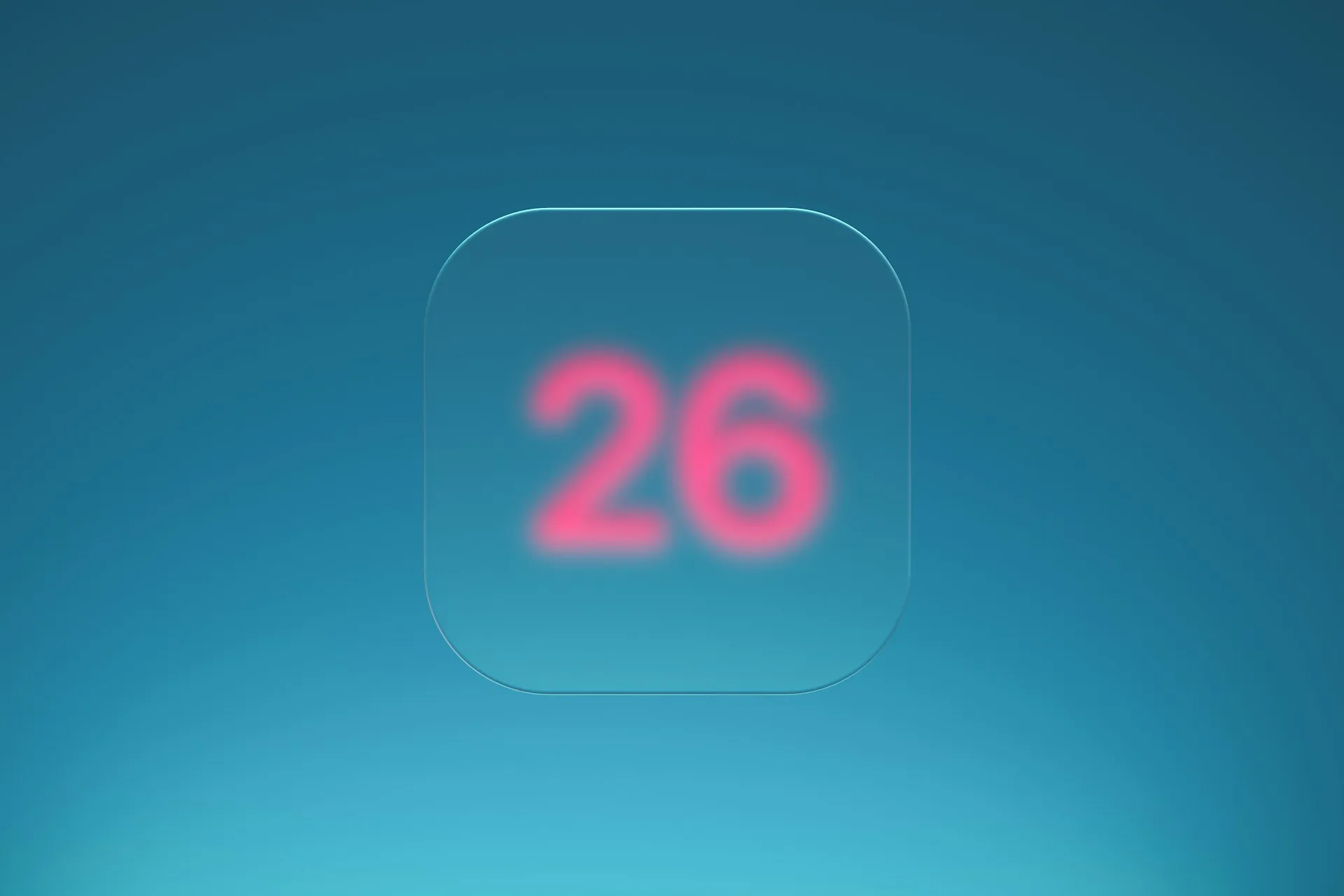


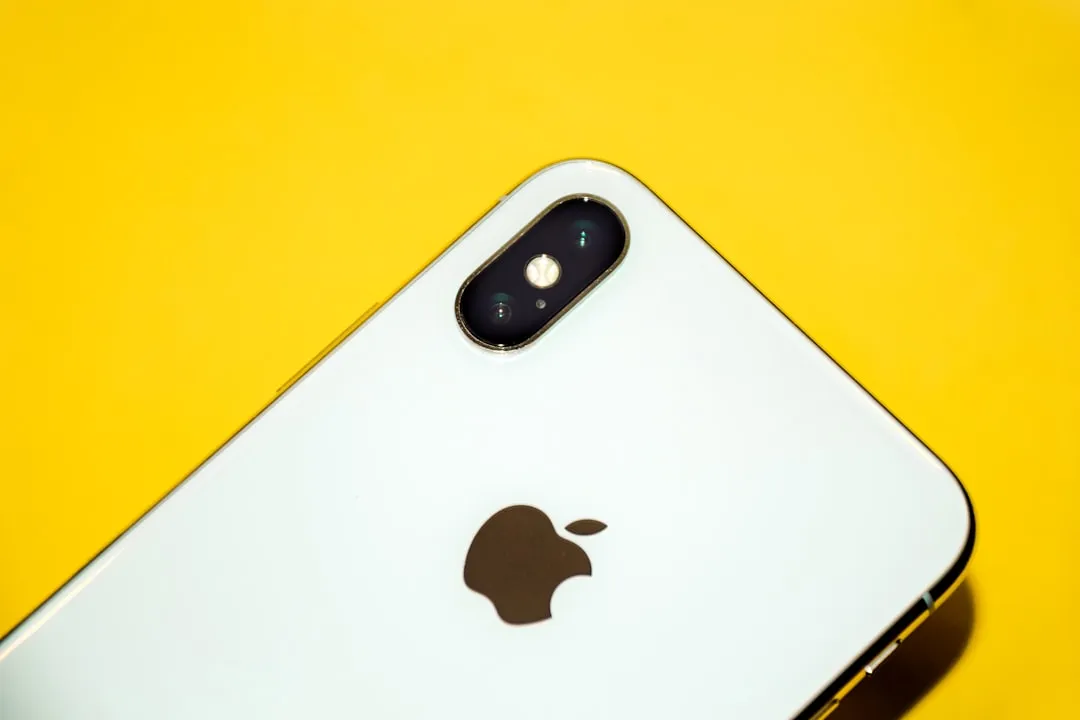

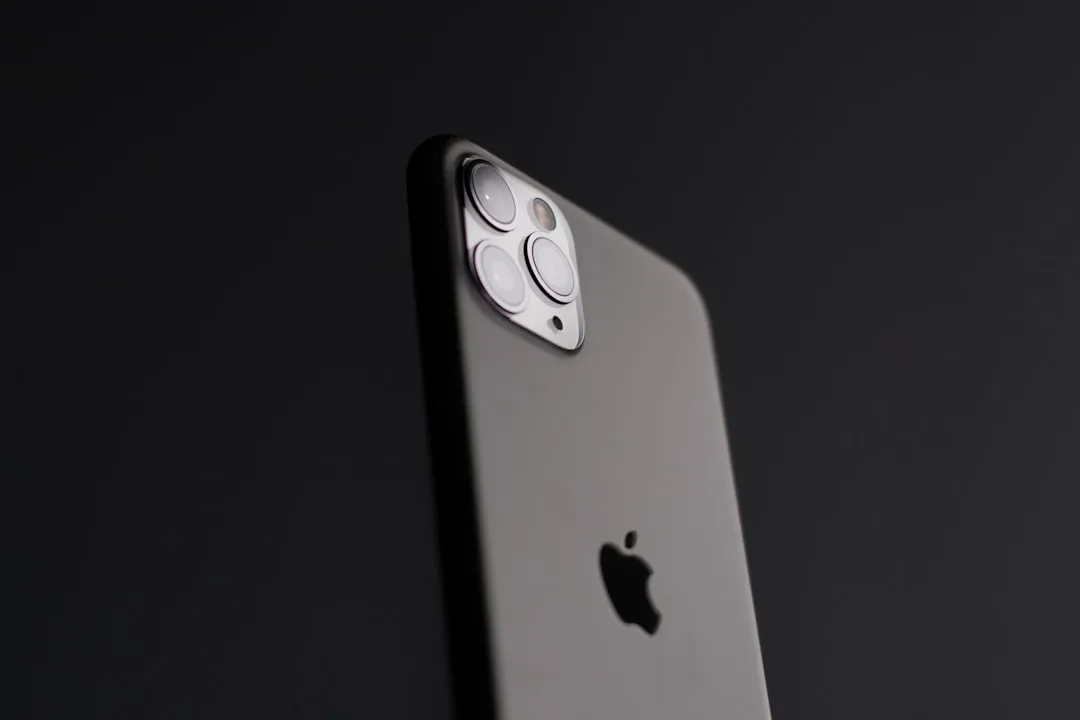


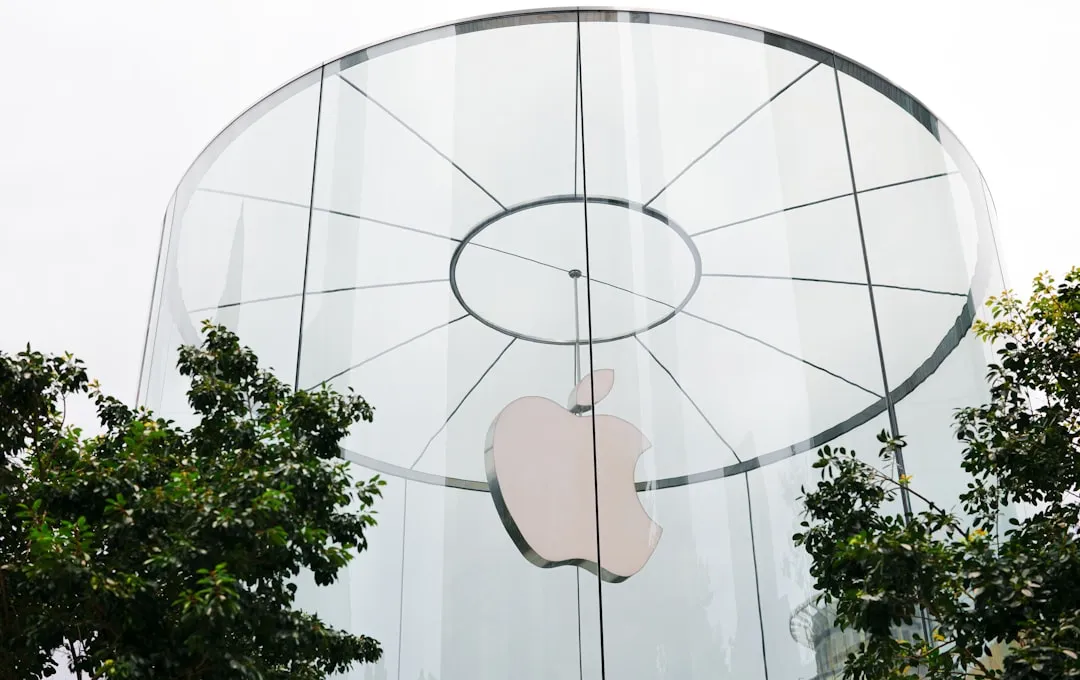
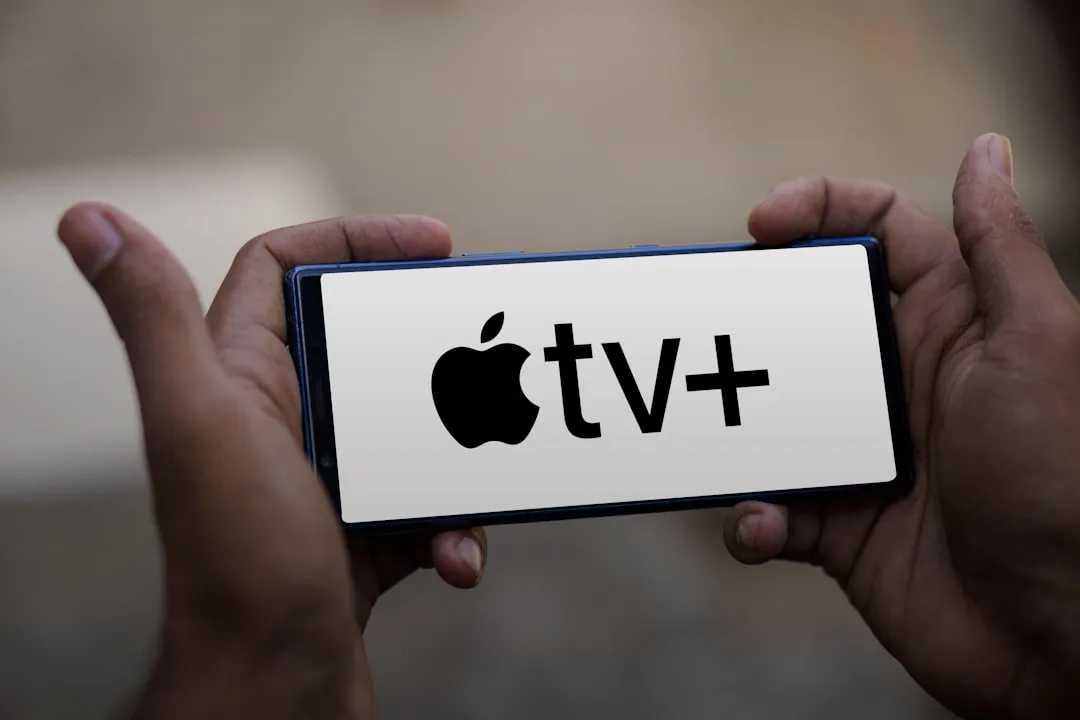
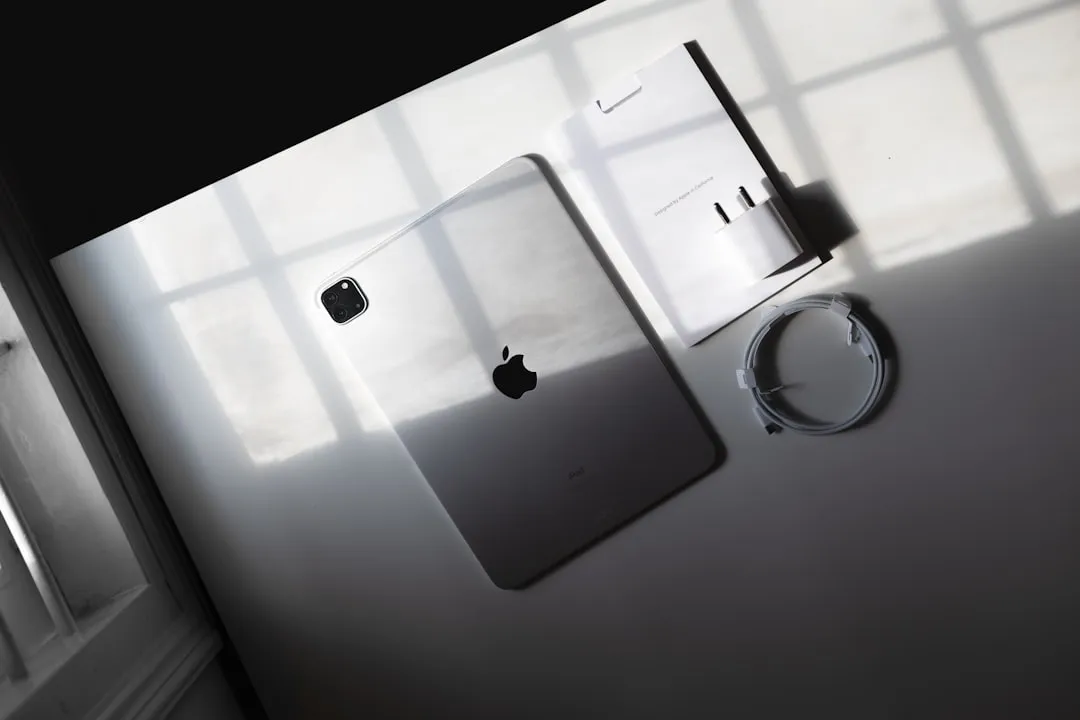

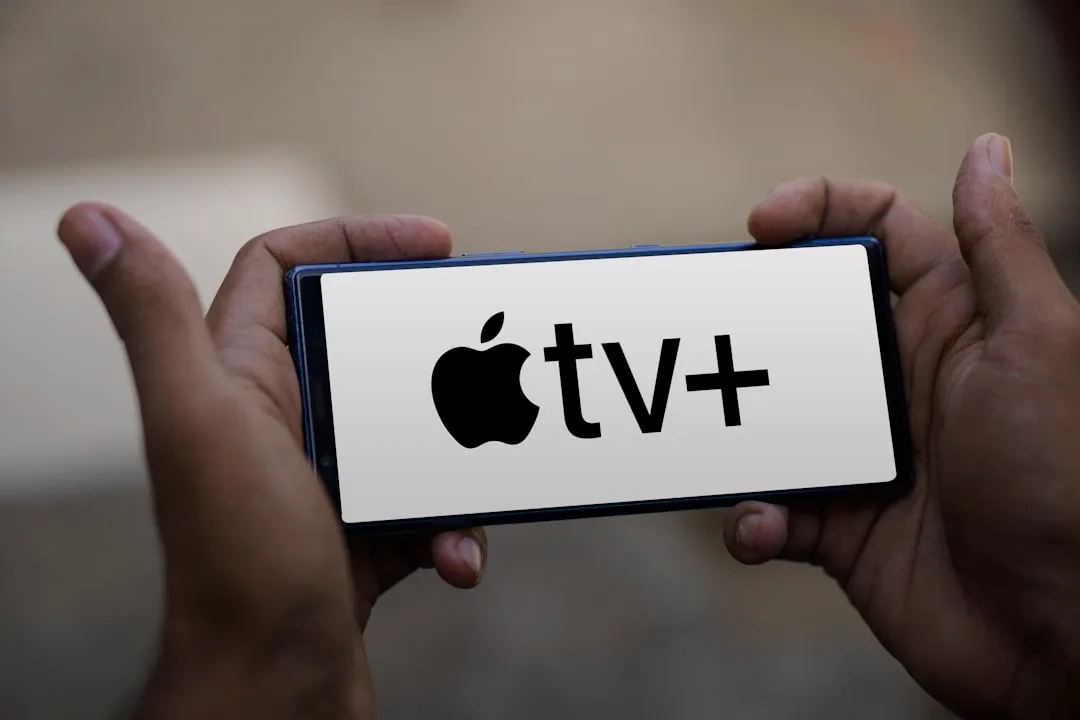

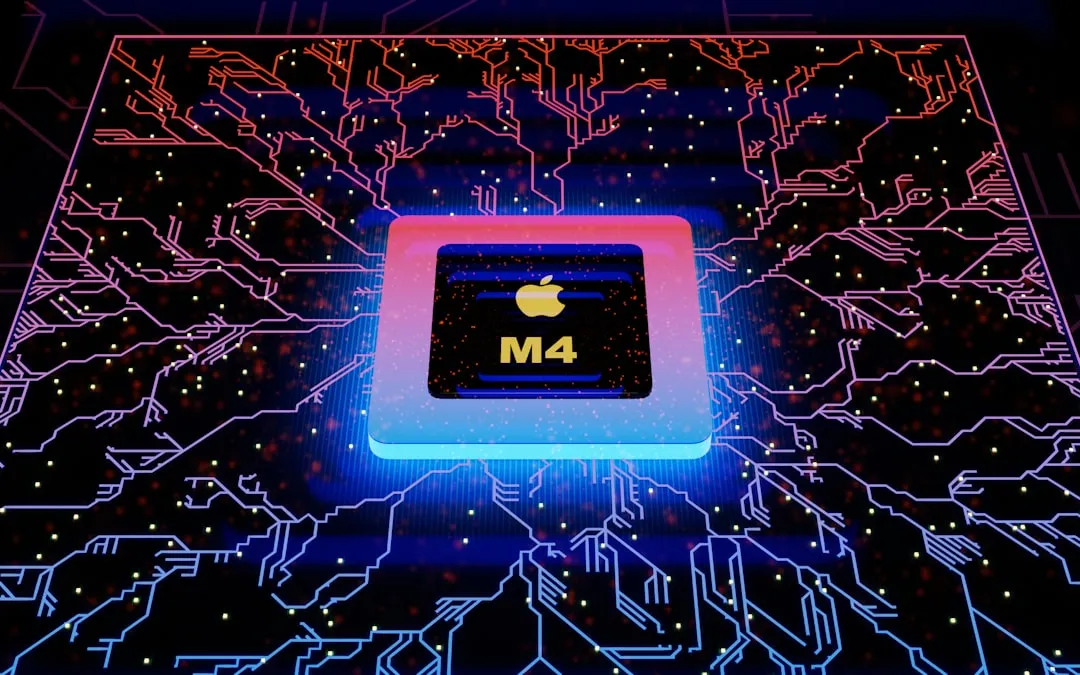
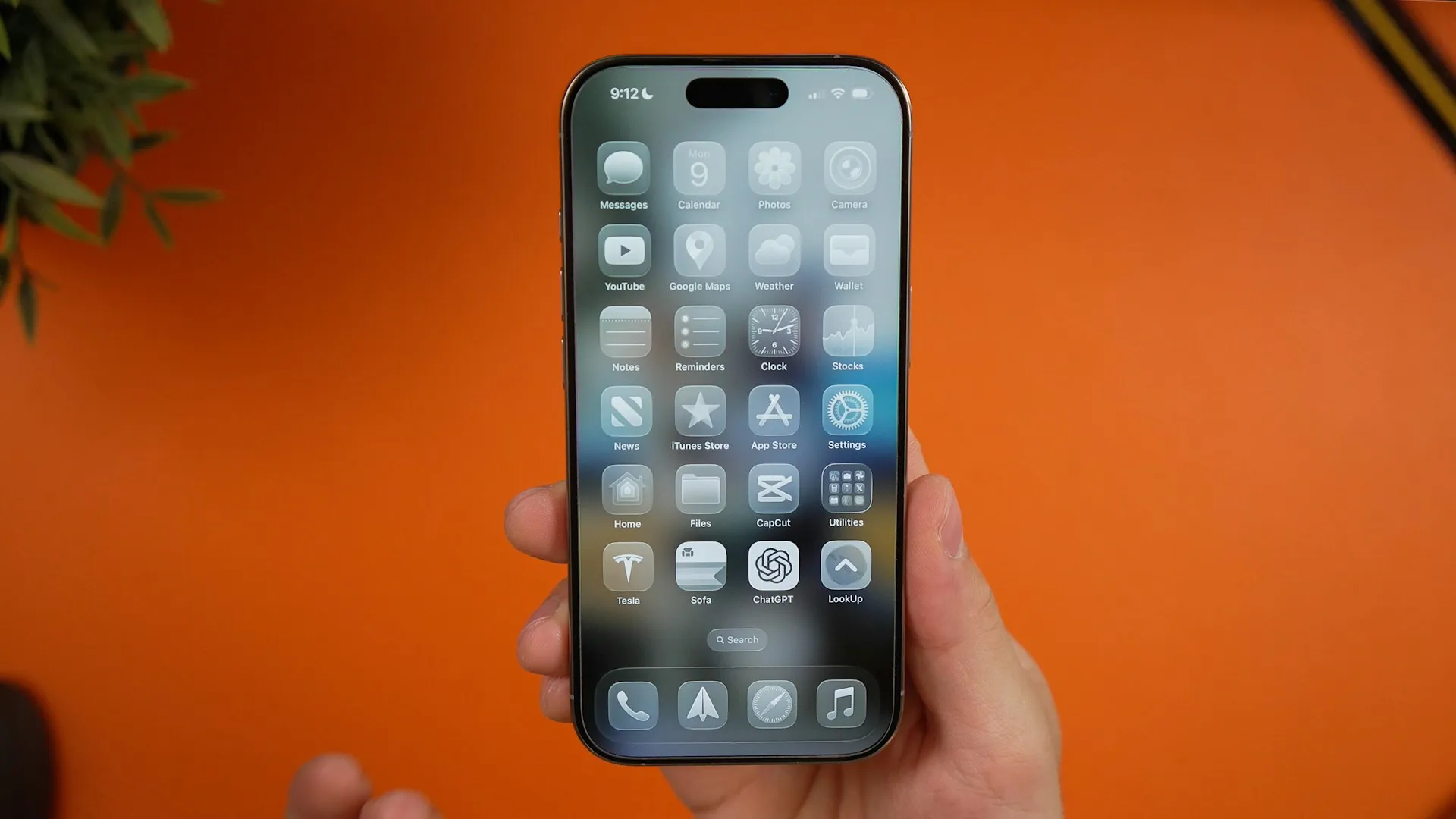

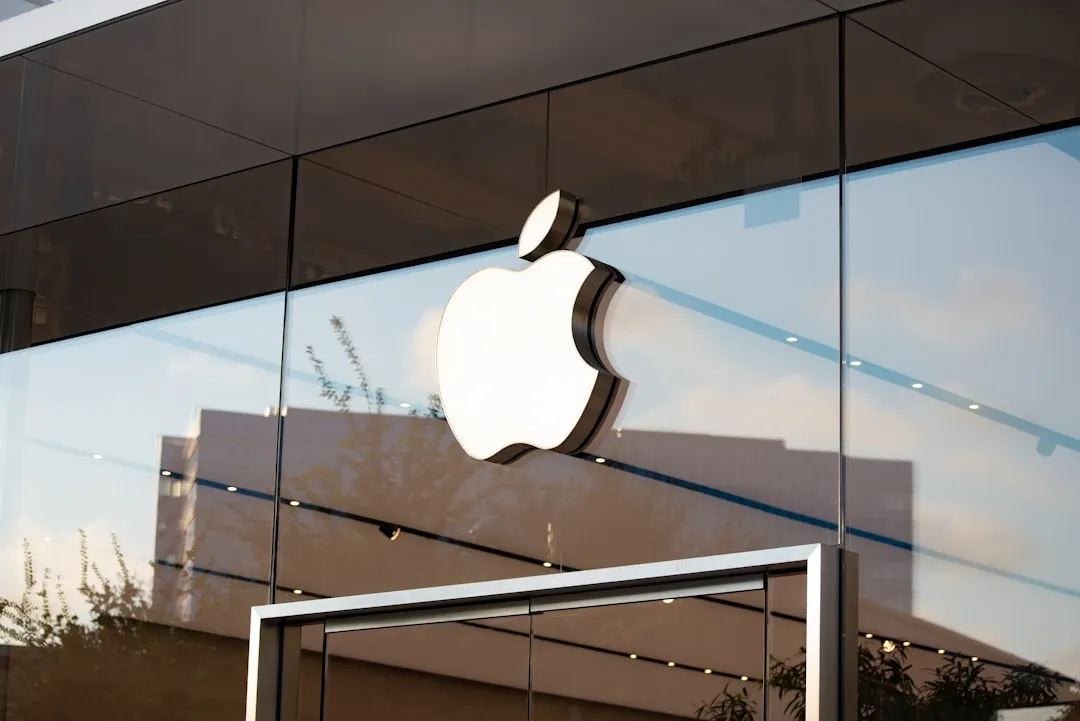



Comments
Be the first, drop a comment!